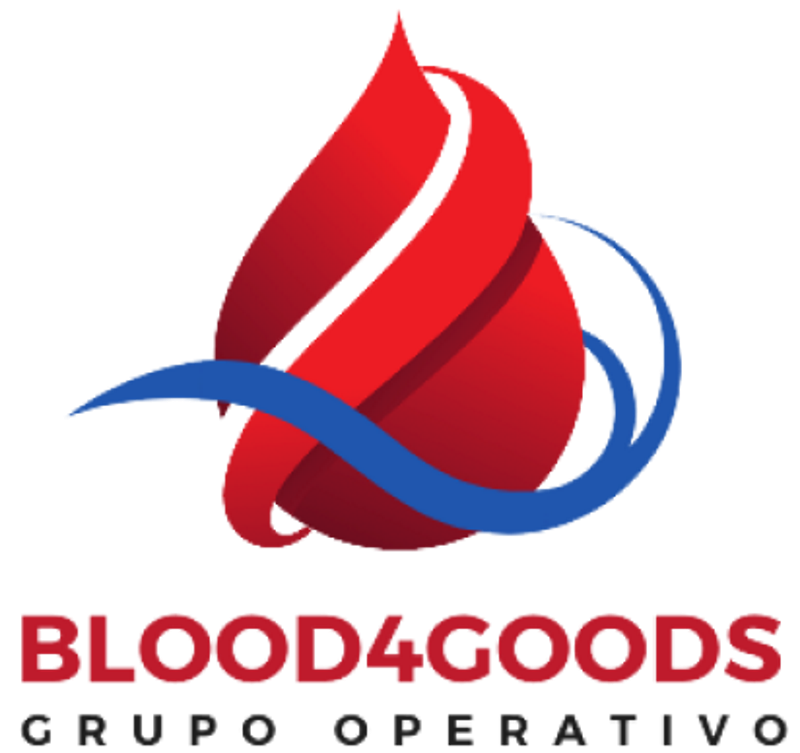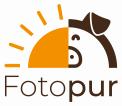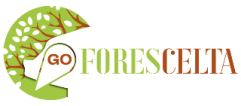
BLOOD4GOODS Operational Group: Obtaining high added value products from slaughterhouse residual blood as a sustainable and low-cost management alternative.
- Type Operational group
- Status In progress
- Execution 2024 -2027
- Assigned Budget 599.960,00 €
- Scope Supraautonómico
- Autonomous community Andalucía; Galicia
- Main source of financing CAP 2023-2027
- Project website GO BLOOD4GOODS
It is estimated that slaughterhouses in Spain generate 5.1 million tonnes of by-products per year, of which 200 million kg are blood. This by-product is of particular concern from an environmental point of view, which is why the Blood4Goods Project aims to offer a technically viable and sustainable alternative that allows blood from slaughterhouses to be managed by obtaining high added value products.
The sector has the opportunity to take advantage of the opportunities presented by slaughterhouse blood and leverage science and technology to develop low-cost management alternatives that companies can adopt to transform blood from an undesirable waste into a high-value resource.
- Production of protein hydrolysates.
- Obtaining high-value biostimulants; obtaining protein-rich food ingredients.
- Validation of biostimulants based on the use of hydrolyzed bovine blood in agri-food crops.
- Validation of functional foods based on the use of porcine blood protein hydrolysates.
- Validation of meat products based on the use of porcine blood protein hydrolysate.
- Comparison of biostimulants formulated with protein hydrolysates from bovine or porcine blood.
- Determination of technoeconomic viability, environmental sustainability, and social acceptance.
It is estimated that slaughterhouses in Spain generate 5.1 million tons of by-products per year, of which 200 million kg is blood. This by-product is particularly concerning from an environmental perspective, given the high volumes generated, its pollutant load, and its complex composition, which make its management difficult. Currently, despite its great potential for obtaining high-value-added products, it is mostly managed as SANDACH waste. Although this represents a significant administrative and legal burden and associated costs, it is the only economically viable alternative for most companies.
On the one hand, having an on-site protein recovery system, taking into account the currently available alternatives, entails an estimated minimum cost of around €5 million, which is a very high price that the vast majority of companies in the sector cannot afford. One alternative could be centralized treatment systems; however, they also require a significant investment at the industrial level, in terms of the environmental impact of the activity (on-site activity does not generate new environmental impacts), which limits their development.
Furthermore, they also have a significant environmental impact due to the carbon footprint of transporting waste. Currently, only large slaughterhouses located in Catalonia and the Mediterranean Basin manage blood this way, which accounts for around 30% of the total.
The meat sector needs to focus on taking advantage of the opportunities presented by slaughterhouse blood and rely on science and technology to develop low-cost management alternatives that can be adopted by companies and transform it from an undesirable waste into a valuable resource.
- The overall objective is to offer a technically viable and sustainable alternative that allows slaughterhouse blood to be managed by producing high-value-added products.
- Specific objectives:
To valorize bovine/porcine residual blood as a biostimulant and validate its use in agriculture. To valorize porcine residual blood as a high-protein ingredient and validate its use in functional foods and meat for human consumption. To determine the viability and degree of social acceptance of biostimulants and functional ingredients.
- Valorization of bovine/porcine blood to obtain biostimulants for fertilization.
- Indicators: (1) 500 L from bovine blood; (2) 1 L from porcine blood; (3) validation at TRL 6-7 of those from bovine blood in at least 3 cultures; (4) comparison (laboratory) between bovine and porcine blood biostimulants considering culture productivity and cost/benefit.
- Obtaining high-protein functional ingredients from porcine blood for use in the formulation of food supplements or directly in meat products within the framework of the circular economy.
- Indicators: (1) 4 kg of functional ingredients derived from pig blood for use in food supplements; (2) 1 kg of functional ingredients derived from pig blood; (3) Validation to TRL 6-7 of protein ingredients for use in the manufacture of at least one type of supplement. Validation to TRL 5-6 of the use of functional ingredients directly in meat products within the meat industry.
- Provide information on the technical and economic feasibility, environmental sustainability, and social acceptability of the solutions developed within the framework of the project.
- Indicator: (1) 3 reports
- Coordinator/entity name: UNION OF COOPERATIVES GAELGA ASSOCIATION OF AGRARIAN COOPERATIVES (AGACA)
- Postal address: RÚA TOMIÑO Nº22 ENTREPLANTA, SANTIAGO DE COMPOSTELA 15703 A CORUÑA (GALICIA)
- Coordinator/entity email: agaca@agaca.coop
- Telephone: +34981584911
- UNIÓN DE COOPERATIVAS ASOCIACIÓN GAELGA DE COOPERATIVAS AGRARIAS (AGACA)
- UNIÓN DE COOPERATIVAS ASOCIACIÓN GAELGA DE COOPERATIVAS AGRARIAS (AGACA)
- MATADEROS INDUSTRIALES SOLER, S.A. (PROLONGO)
- NOVAFRIGSA SAU
- ASOCIACIÓN NACIONAL DE INDUSTRIAS DE LA CARNE DE ESPAÑA ANICE
- MORENO RUIZ HERMANOS, S.L.
- HEROGRA FERTILIZANTES, S.A.






